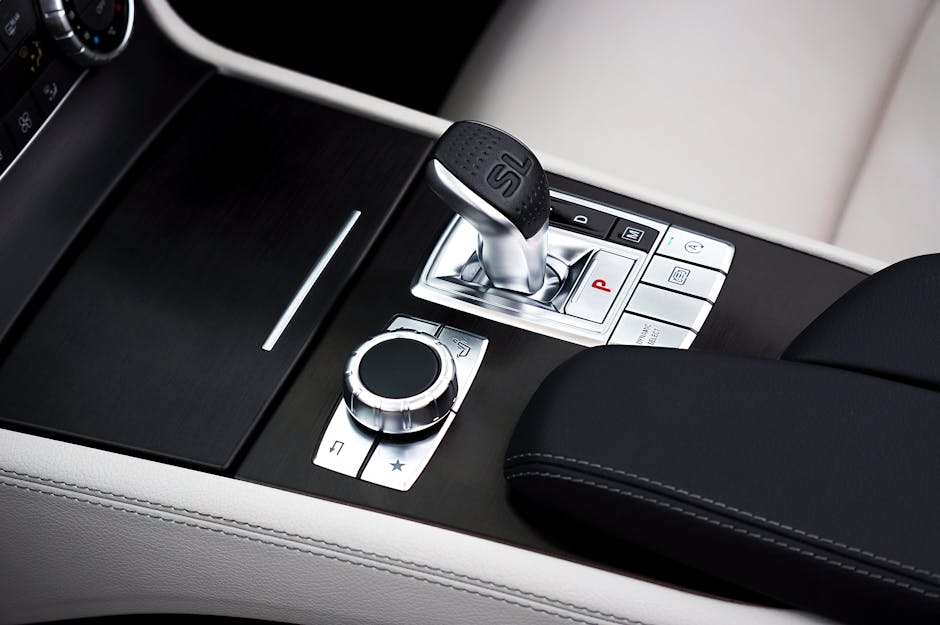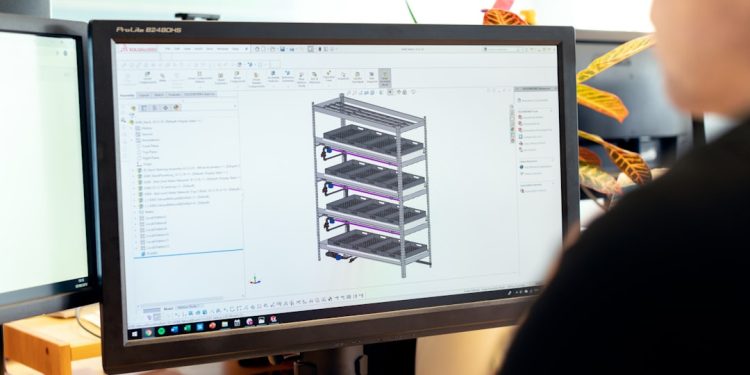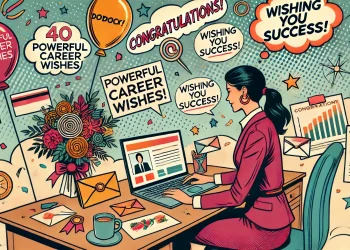No products in the cart.
Navigating the Shift: Engineering to Design and Back
Thinking of switching from engineering to design? Learn how to navigate this career shift with actionable insights and real-life examples.
San Francisco, USA — The tech world is buzzing with a new trend: professionals swapping their toolkits for creative palettes. Engineers, once masters of code and algorithms, are exploring the vibrant realm of design, seeking to blend logic with artistry. But the question looms large: Can one truly make the leap from engineering to design—or vice versa? The answer, as it turns out, is not only a resounding yes but also a journey filled with potential and promise.
As industries evolve, so do the skills required to thrive within them. The rapid advancements in technology mean that the lines between disciplines are increasingly blurred. Designers now need a solid grasp of engineering principles, while engineers are discovering the power of design thinking. This symbiotic relationship creates a fertile ground for those willing to bridge the gap.

Consider the story of Sarah Nguyen, a software engineer who recently transitioned into UX design. Sarah had always been drawn to the visual aspects of her projects but felt confined by her coding responsibilities. After attending a series of design workshops and building a portfolio of user-interface projects, she found her footing in the design world. “It was like stepping into a new pair of shoes,” she says. “At first, they felt uncomfortable, but soon, I felt more like myself than ever.”
Sarah’s experience underscores a key point: transferable skills are the backbone of any successful career switch. For engineers eyeing design, skills such as problem-solving, analytical thinking, and project management are invaluable assets. Meanwhile, designers venturing into engineering can leverage their creativity and user-centric approach to enhance technical projects.
 AI
AIAI’s Transformative Role in the Publishing World
AI is revolutionizing the publishing industry, offering smarter editing tools and new career paths for writers.
Read More →Sarah’s experience underscores a key point: transferable skills are the backbone of any successful career switch.
But how does one effectively map these overlapping skills? Start by assessing your current strengths. Engineers can highlight their technical knowledge and project management experience, while designers can emphasize their understanding of user experience and visual communication. Building a portfolio that showcases projects relevant to your desired field is crucial. This portfolio acts as a bridge, demonstrating your capability and versatility across disciplines.
Retraining timelines can vary significantly based on your background and the depth of knowledge required in the new field. For those switching from engineering to design, a focused six-month plan may suffice. This could include online courses, mentorship, and hands-on projects. Conversely, an engineer looking to deepen their design skills might consider a year-long commitment to fully embrace design principles.
However, the transition is not without its challenges. Many engineers may struggle with the subjective nature of design, where personal taste can overshadow technical prowess. Conversely, designers may find the rigid structures of engineering daunting. Embracing these differences is vital. To navigate this, consider seeking mentorship from professionals already straddling both worlds. Their insights can provide invaluable guidance as you forge your path.
Moreover, the cultural dynamics of workplaces play a significant role in this transition. In tech-centric cities like San Francisco, the startup culture often encourages interdisciplinary collaboration. Engineers and designers work side by side, fostering an environment where creativity and logic coalesce. Understanding the culture of your new field can set you up for success.
 Career Guidance
Career GuidanceJEE Main 2026 Registration Opens Amid Increasing Competition
JEE Main 2026 registration is now live, with key deadlines and cut-off information available for aspiring engineers in India.
Read More →The gig economy also offers a unique opportunity for those considering a switch. Freelancing allows professionals to explore new fields without the pressure of committing to a full-time position. Platforms like Upwork and Fiverr provide avenues for engineers to take on design projects, or vice versa, giving them the chance to experiment and build their portfolios without the usual constraints of traditional employment.
As you navigate this transition, remember that the journey is uniquely yours. Every step, whether forward or sideways, contributes to your growth. Celebrate small victories along the way, whether it’s completing a new project, receiving positive feedback, or simply feeling more confident in your abilities. These moments will build the foundation for your new career.
To navigate this, consider seeking mentorship from professionals already straddling both worlds.
Ultimately, the future of work is about adaptability. As industries continue to evolve, professionals who can pivot between disciplines will be in high demand. The ability to understand both the technical and creative aspects of a project not only enhances individual skill sets but also drives innovation across sectors.
So, whether you’re an engineer contemplating a creative leap or a designer eyeing a return to technical roots, remember: the skills you’ve amassed are not just tools; they are the keys to new doors waiting to be unlocked. Embrace the journey, and who knows? You might just find the perfect blend of logic and creativity that sets you apart in an increasingly competitive landscape.
 Career
CareerHow Gen Z Will Transform the Global Consumer Market by 2025
This article examines how Gen Z is set to redefine the global consumer market by 2025, focusing on their unique…
Read More →










